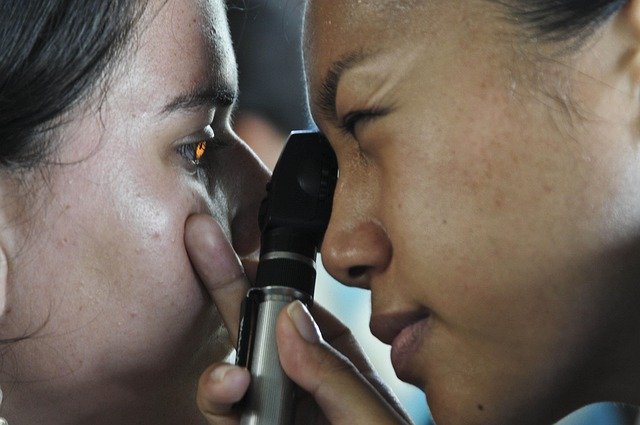Medication review and systemic health factors linked to fluctuating sight
Fluctuating vision can be unsettling, ranging from brief blurring to intermittent glare or changing clarity that affects daily tasks. A careful medication review and assessment of systemic health factors often reveal reversible causes. This article explains common mechanisms, relevant diagnostics, and practical steps for screening, followup, and rehabilitation.

This article is for informational purposes only and should not be considered medical advice. Please consult a qualified healthcare professional for personalized guidance and treatment.
How can medication change vision clarity?
Many commonly prescribed medications have ocular side effects that alter vision or cause temporary blurring. Antihistamines, some antidepressants, certain blood pressure medicines, and corticosteroids are examples linked to dry eye, changes in refraction, or increased intraocular pressure. Medication-induced changes may present as fluctuating clarity, difficulty focusing, or increased sensitivity to glare. A thorough medication review — including over-the-counter products and supplements — helps clinicians separate drug effects from progressive eye disease. Adjusting timing, dose, or switching to alternatives under medical supervision can improve symptoms without compromising systemic care.
What systemic health factors produce fluctuating glare or symptoms?
Systemic conditions such as diabetes, autoimmune disease, thyroid dysfunction, and episodic blood pressure changes can produce variable visual symptoms. In diabetes, glycemic variability affects the lens and retinal blood flow, causing transient refractive shifts and blurring. Thyroid eye disease can lead to dry eye, lid retraction, and fluctuating optics that increase glare. Vascular or neurologic disorders may cause transient visual obscurations or diplopia. Recognizing these patterns helps prioritize systemic screening and coordinate care between eye specialists and primary care providers.
When are refraction, imaging, or optics testing recommended?
A structured eye exam begins with careful refraction to quantify any change in vision clarity and to identify refractive shifts that may explain fluctuations. Optical coherence tomography (OCT), fundus imaging, and slit-lamp evaluation detect retinal, macular, and anterior segment causes. Imaging is particularly useful when symptoms persist despite refractive correction or when systemic disease is suspected. For glare and contrast issues, contrast sensitivity testing and glare testing provide functional data beyond acuity charts. Combining refraction and targeted imaging builds a clear diagnostic picture.
What diagnostics, screening, and telemedicine options exist?
Diagnostics include in-person slit-lamp exams, intraocular pressure measurement, retinal imaging, and laboratory screening for systemic contributors. Telemedicine can support symptom triage and medication review when in-person access is limited: secure video visits allow medication lists, symptom timelines, and visual acuity checks with standardized charts. However, telemedicine cannot replace essential imaging or intraocular pressure testing. Use telehealth for followup, counseling, and early screening, then arrange in-person diagnostics as indicated.
How do ergonomics, lenses, and rehabilitation address fluctuating sight?
Ergonomic adjustments and optical aids can reduce symptom impact while definitive causes are addressed. Proper screen ergonomics, controlled lighting to reduce glare, and scheduled breaks help when symptoms are related to near work or digital eye strain. Prescription lenses—such as anti-reflective coatings, optimized refraction, or task-specific lenses—can improve perceived clarity and reduce glare. Vision rehabilitation services offer training, adaptive strategies, and low-vision aids for persistent deficits. Rehabilitation plans are individualized and often include followup to monitor improvement and adjust interventions.
What followup, monitoring, and medication review practices are recommended?
Ongoing followup is essential when medication changes or systemic conditions are identified. Establish baseline refraction and imaging before altering treatments when feasible, then schedule timely rechecks to capture evolving signs. Clear documentation of symptoms, medication start dates, and systemic disease control helps correlate causes. Encourage patients to maintain an up-to-date medication list for every visit and to report new visual symptoms promptly. Collaborative care with the prescribing clinician ensures systemic needs are met while minimizing ocular side effects.
Conclusion Fluctuating sight commonly reflects a mix of ocular, medication-related, and systemic contributors. A structured approach—comprising medication review, targeted refraction and imaging, appropriate screening for systemic conditions, ergonomic adjustments, and coordinated followup—can clarify the cause and guide management. Local services and multidisciplinary teams support accurate diagnostics and rehabilitation tailored to individual needs.






